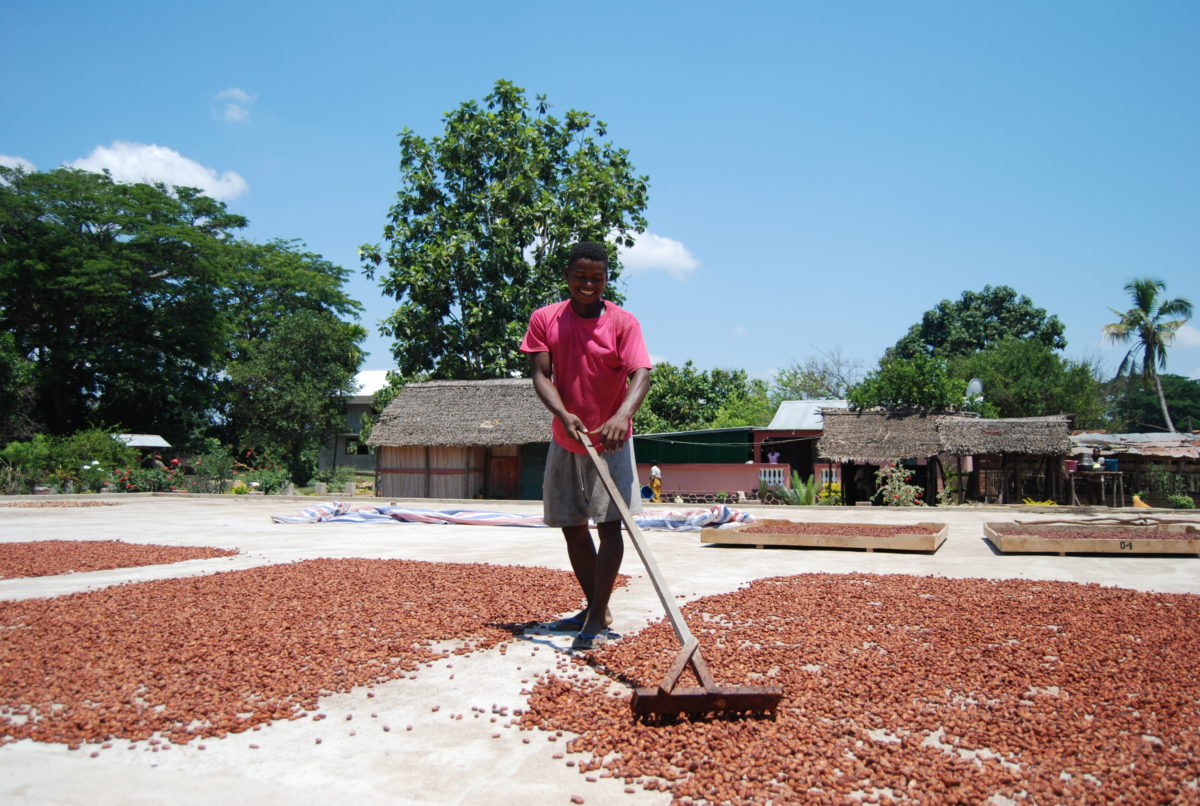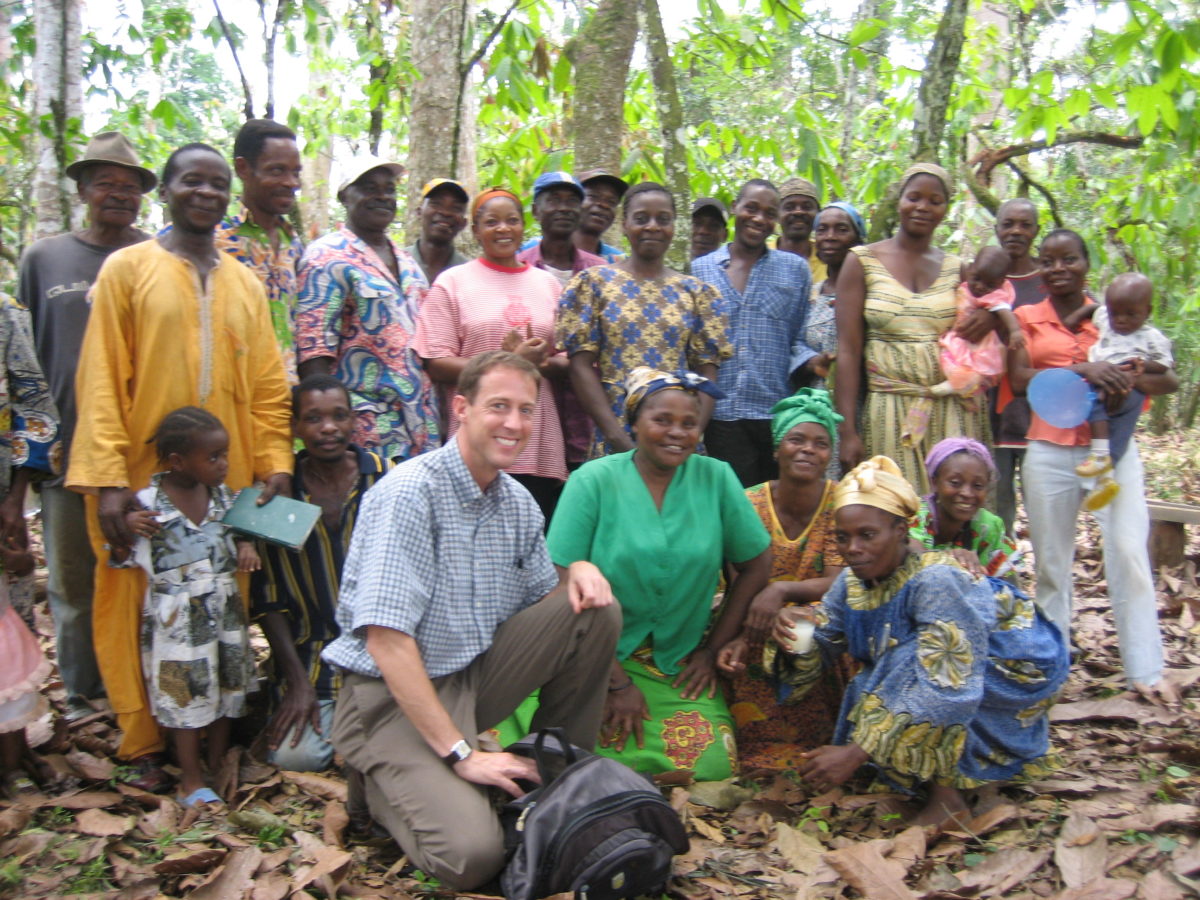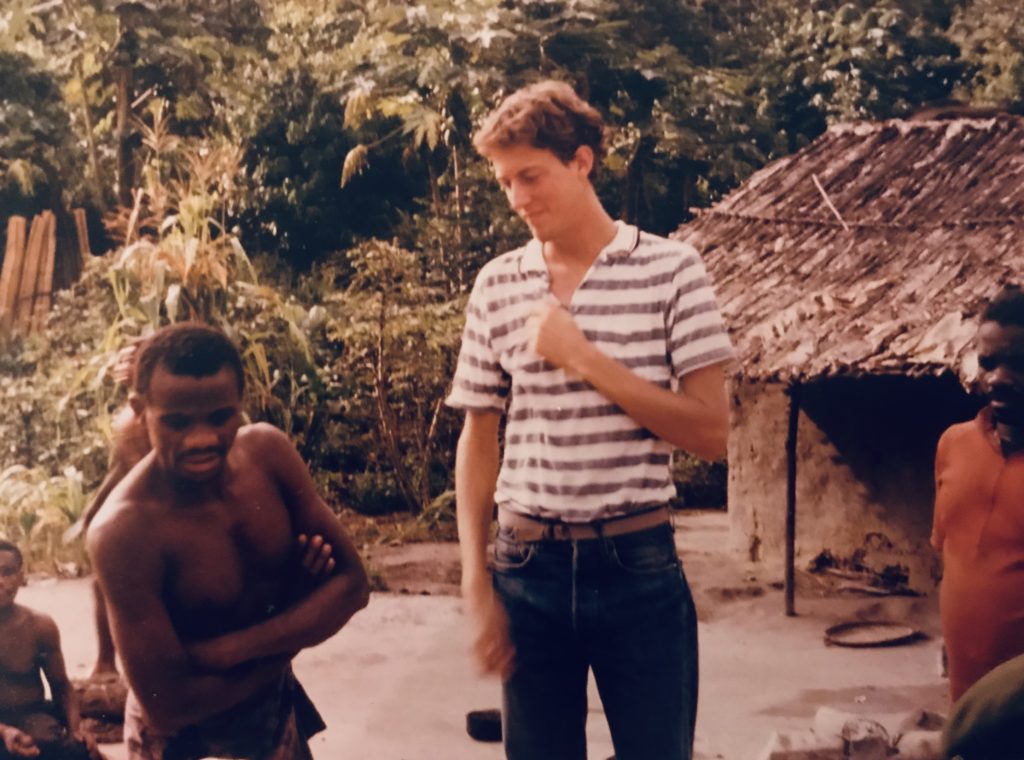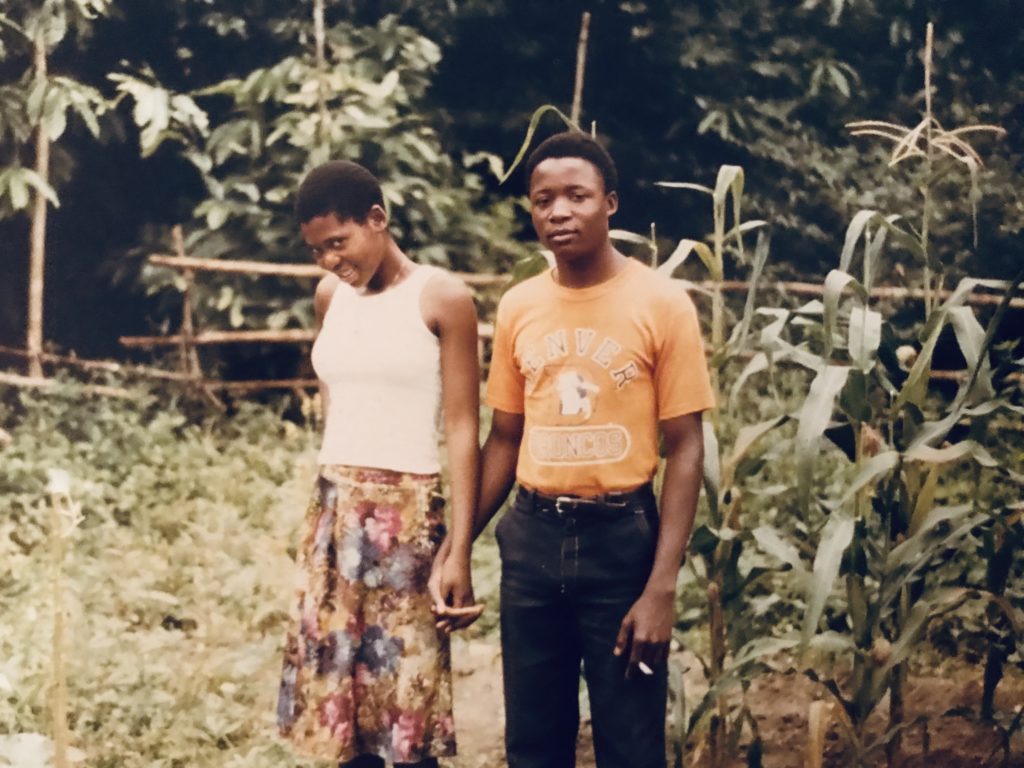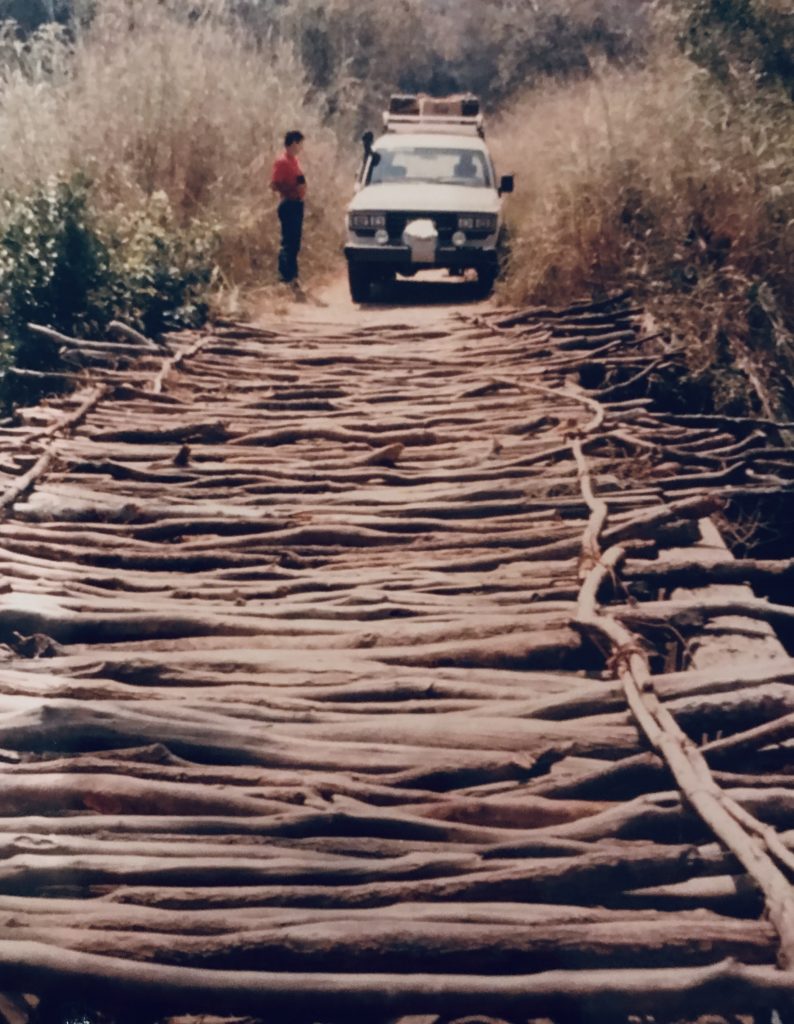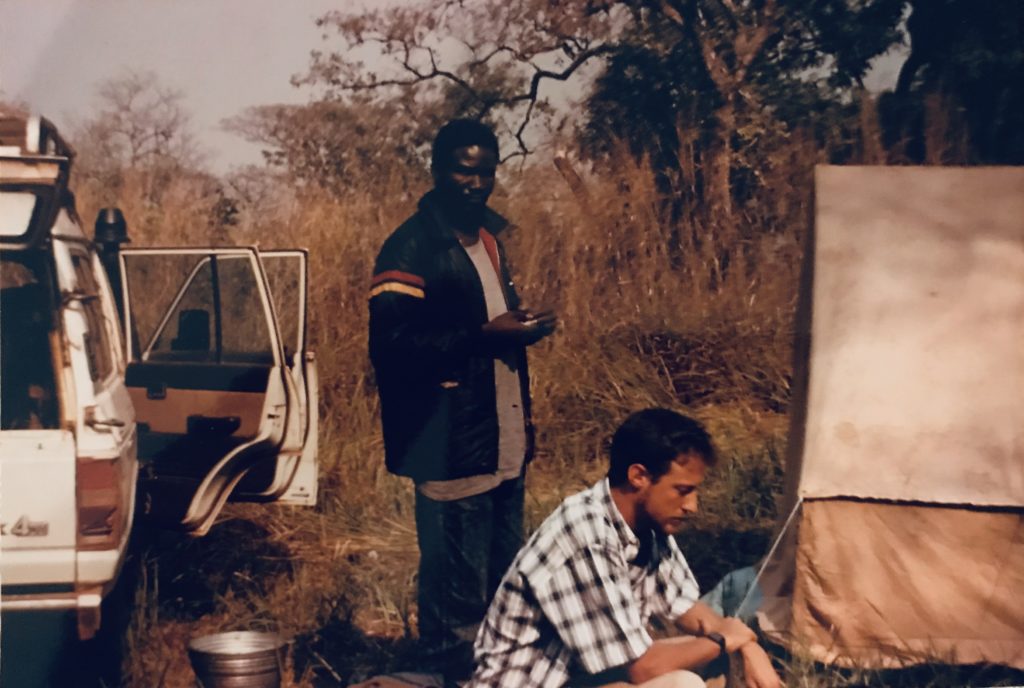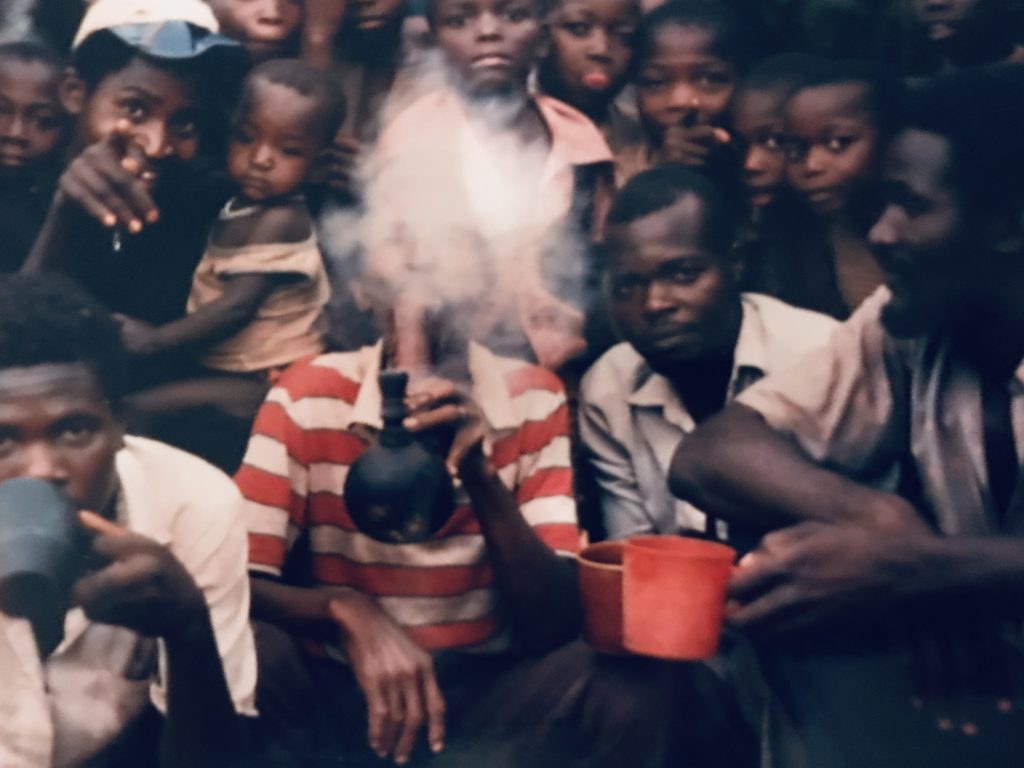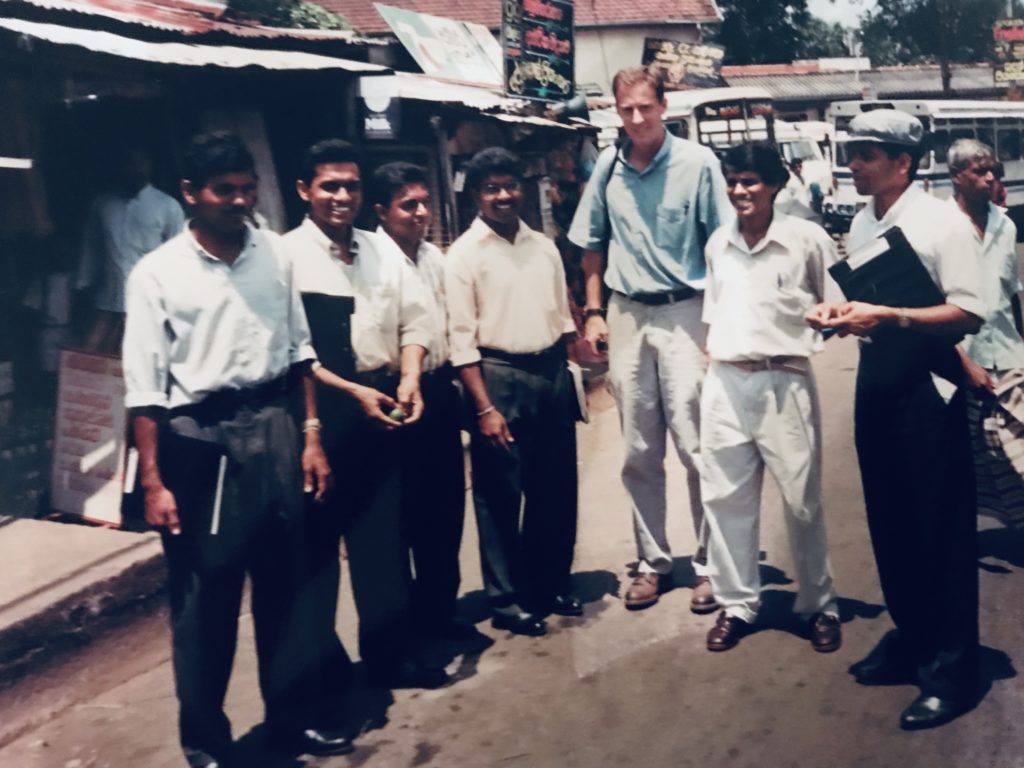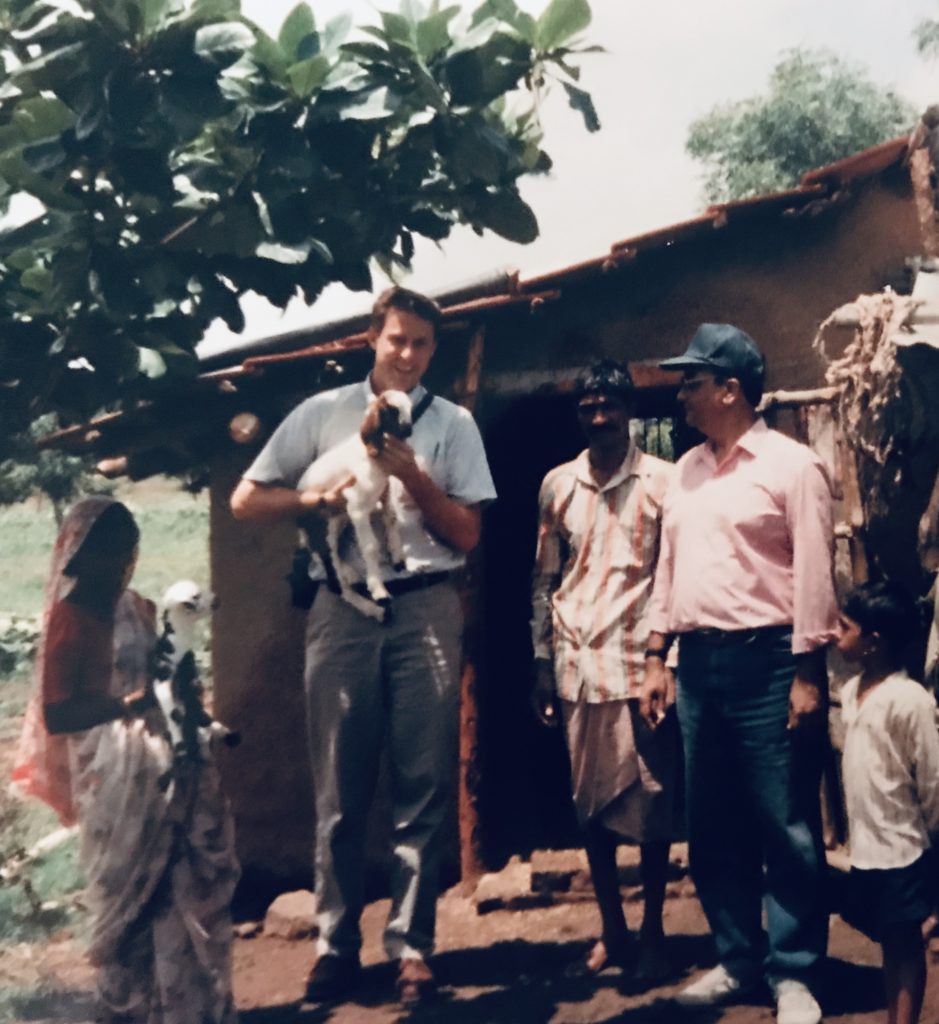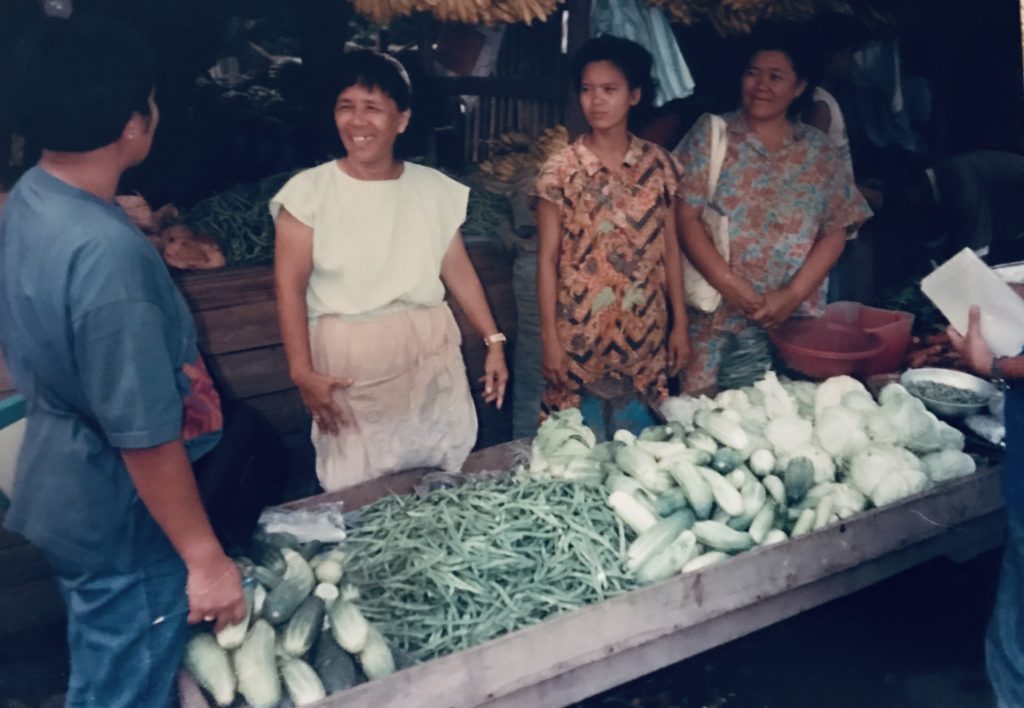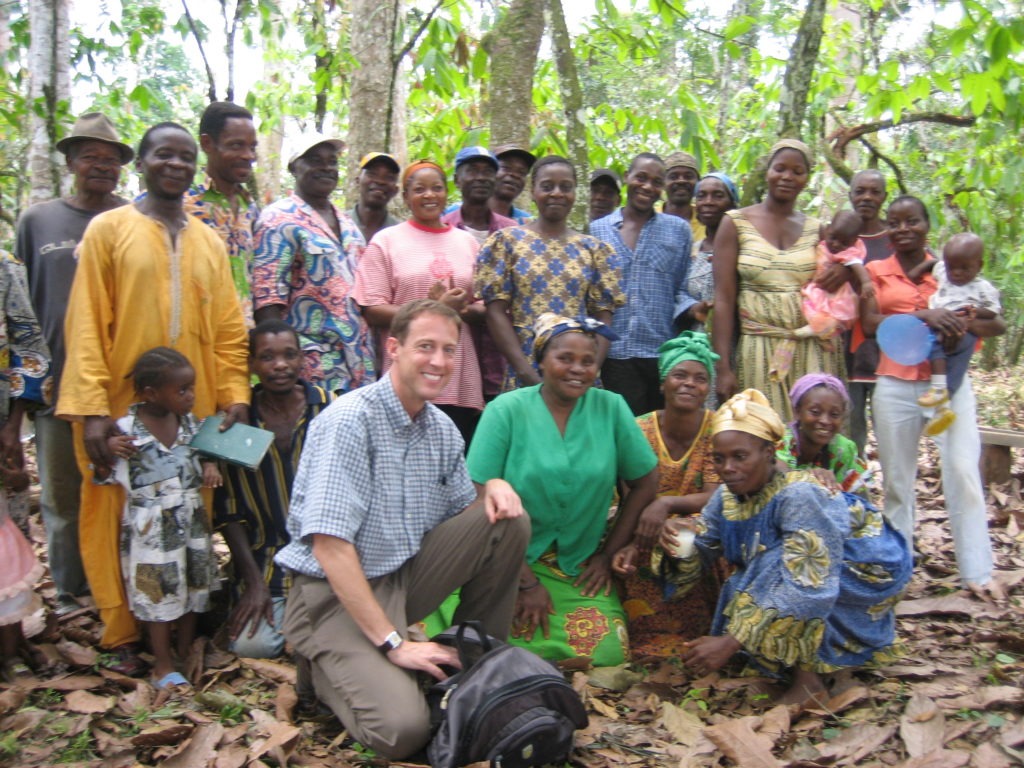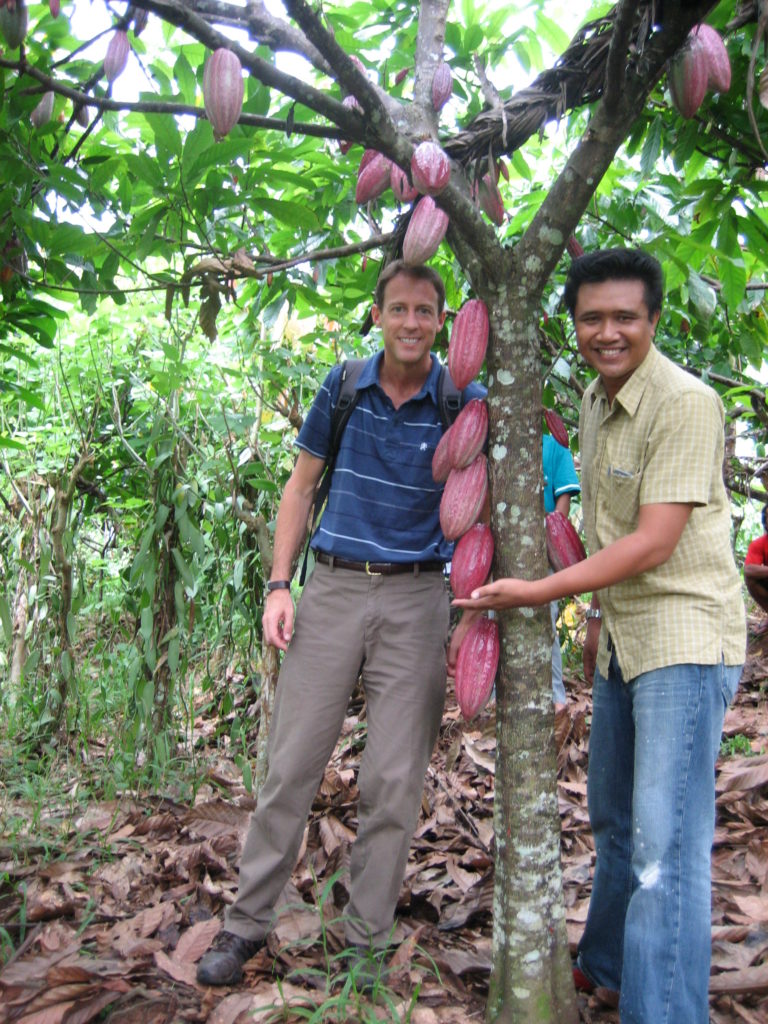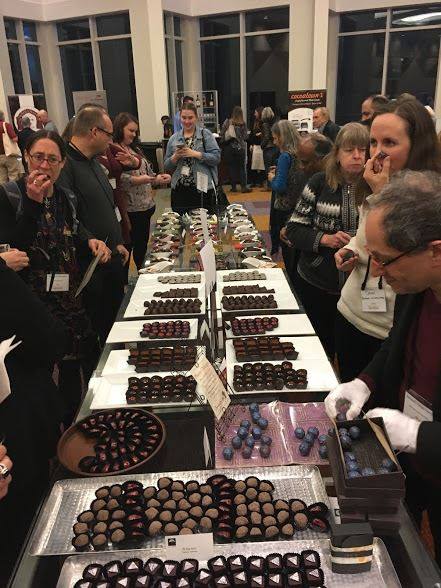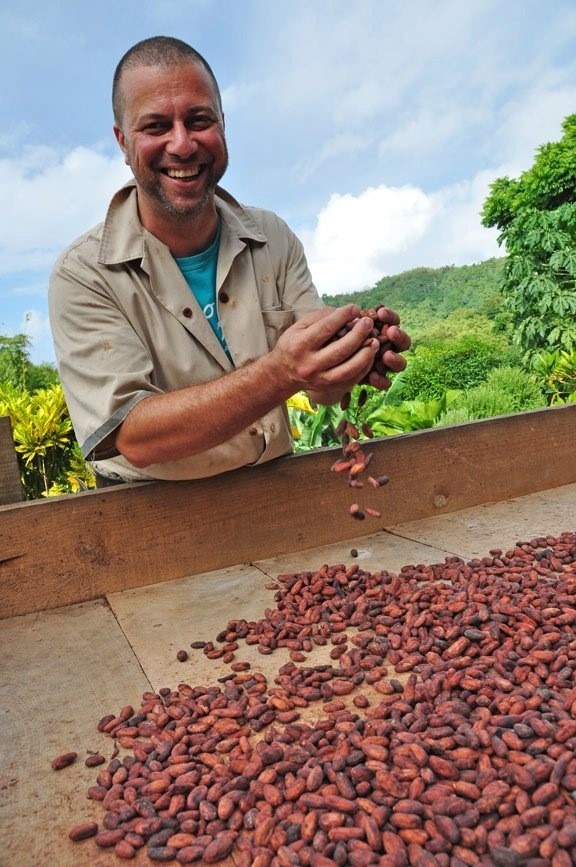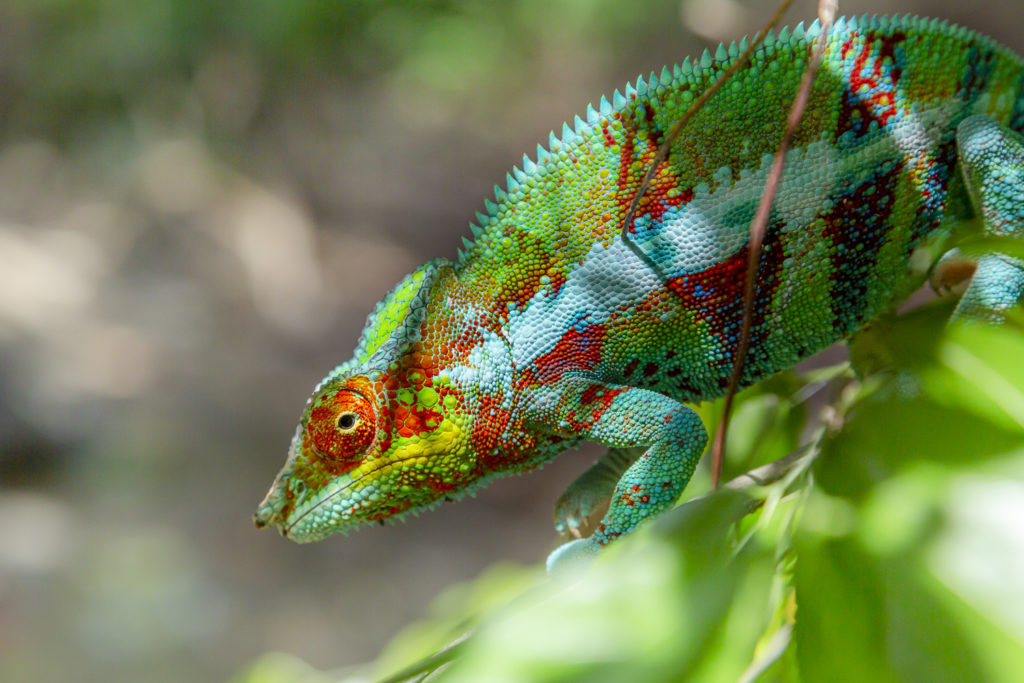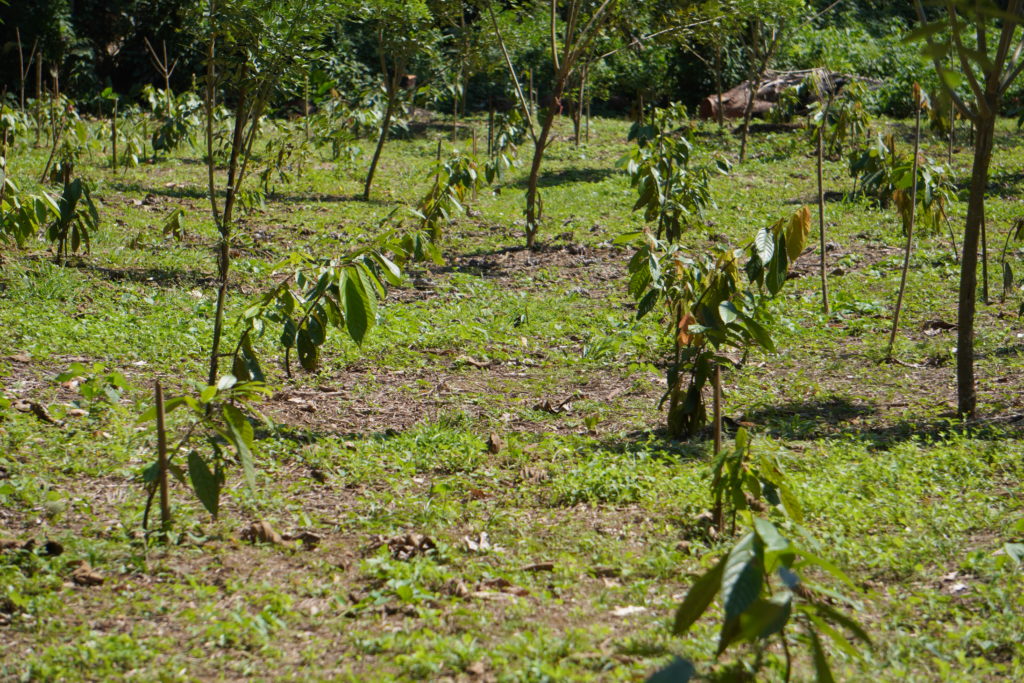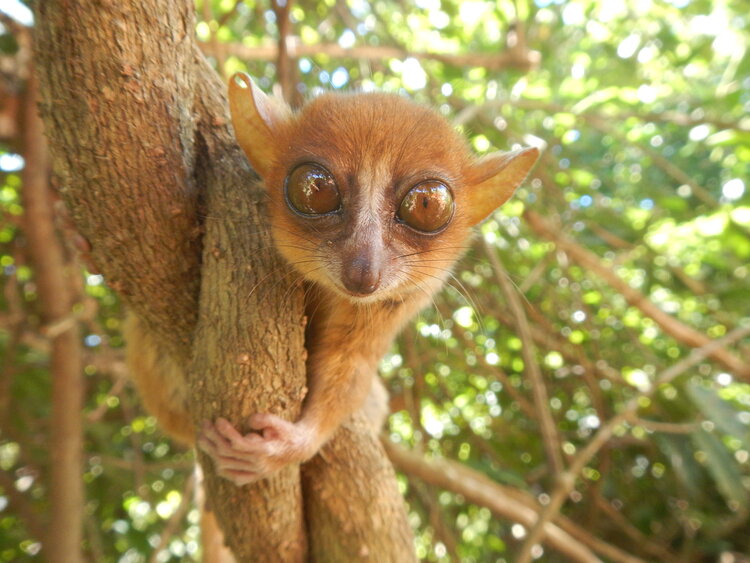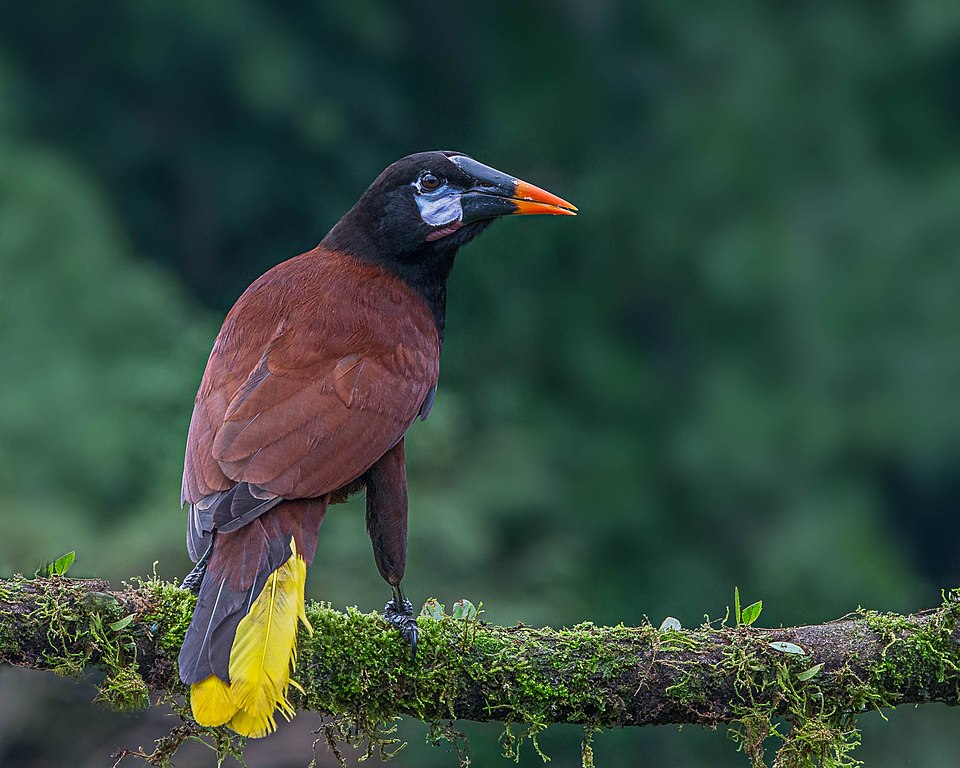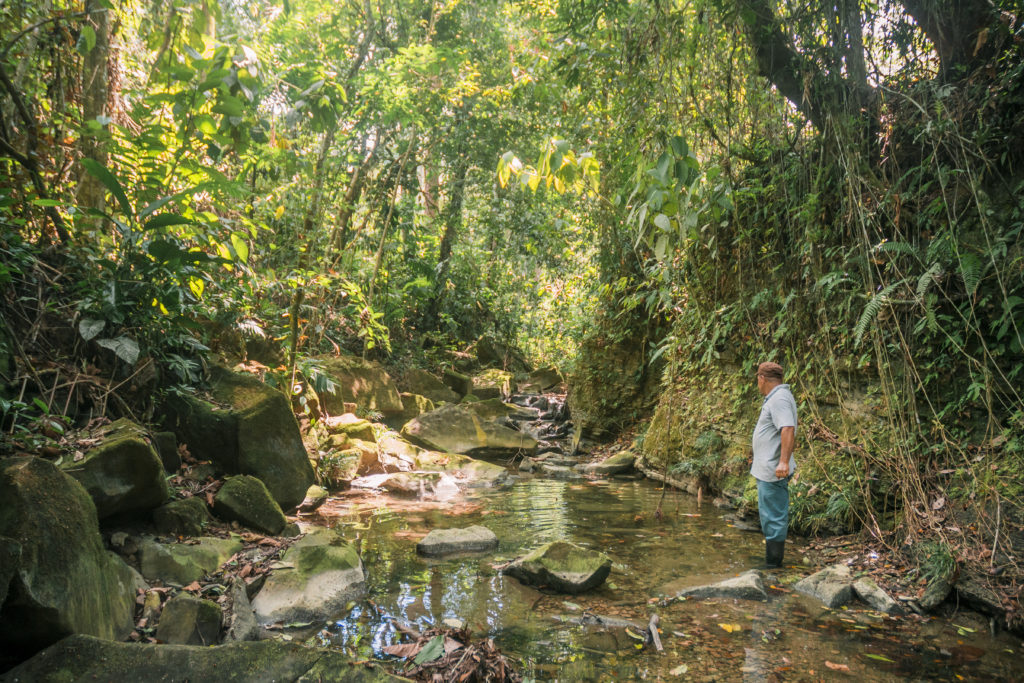For Release May 7, 2021 9:45a EDT
WASHINGTON, DC — The United States Agency for International Development (USAID) and partners are pleased to announce a new $5.8 million public-private partnership focused on conserving biodiversity and improving the well-being and prosperity of local communities in Madagascar through sustainable fine cocoa and spice production.
Launched on World Chocolate Day, the TSIRO (Thriving & Sustainable Investments for land Restoration & economic Opportunity) Alliance is committed to supporting more than 2,000 Malagasy farmers in 30 communities, planting over 1.5 million trees to support agroforestry systems and enhancing biodiversity over the next five years. TSIRO means “flavor” in Malagasy.
With already high rates of deforestation, poverty, and malnutrition, the Southern African island nation of Madagascar has an urgent need for scalable, innovative solutions. The TSIRO Alliance will address both human-induced and natural causes that threaten Madagascar’s fragile ecosystems by diversifying income streams, using climate smart agriculture techniques, and reasserting the value of healthy trees and ecosystems. The Alliance will provide business development and educational training to farmers to improve education outcomes in participating communities, and will also introduce Village Savings and Loans programs to improve financial management. The agroforestry systems that will be used in this project will incorporate cocoa and other spices, such as vanilla, cinnamon, or wild pepper. These systems have been shown to improve environmental health by reducing soil erosion, improving air quality, and providing a stable, diversified income for small-scale farmers.
The TSIRO Alliance is part of USAID’s “HEARTH” Global Development Alliance program, a growing suite of cross-sectoral public-private partnerships for people and the planet. TSIRO is a collaboration between USAID and private-sector partners including Catholic Relief Services (CRS), the Fine Chocolate Industry Association (FCIA), Madecasse-Beyond Good Chocolate (M-BG), Guittard Chocolate, Akesson Organics, and the Heirloom Cacao Preservation Fund (HCP). Each partner contributes their technical expertise, local and international networks, and strong connection to the cocoa value chain in Madagascar to the project. All partners share the same goal of producing fine cacao and chocolate that will benefit local Malagasy communities and the unique forests that surround them. While the TSIRO partners take different roles in the Alliance, they share the common goals of strengthening local farming systems and biodiversity while educating the public.
“The TSIRO model emphasizes the conservation of biodiversity and wildlife while improving farmers’ livelihoods through the creation of business opportunities. This is a tremendous opportunity for key public and private organizations to partner together for real impact here in Madagascar,” said John Dunlop, Mission Director USAID Madagascar. “This project is located around forests in southeastern and northwestern Madagascar that are home to a number of endangered species of lemurs, as well as other animals found nowhere else on earth.”
The TSIRO Alliance will also educate consumers about the fine-flavor chocolate market. Fine-flavor chocolate makes up only 12 percent of the global market. Many consumers are unaware of the delicate and unique flavor of chocolate originating from Madagascar and the fragile ecosystem where the trees are grown.
To learn more about the TSIRO Alliance and the partners involved, visit makeminefine.com or sign up for the official TSIRO launch webinar on July 8, 2021.
ABOUT THE FINE CHOCOLATE INDUSTRY ASSOCIATION (FCIA)
FICA is a non-profit trade association that promotes fine chocolate making practices and innovation, founded in 2007. It is the only organization focused 100% on supporting fine chocolate professionals, representing over 300 members, including fine flavor cacao farmers, chocolate makers, chocolatiers, suppliers of ingredients, packaging and equipment, pastry chefs, marketers, specialty retailers, wholesalers, and festival organizers. The association promotes the artistry and craftsmanship of the chocolate professional focused on producing superior products made from premium chocolate and natural ingredients. FCIA believes in using best practices in cacao processing and chocolate production; and transparent labeling and marketing practices.
For more information on FCIA, please visit our website and social media accounts:
https://www.finechocolateindustry.org
https://www.facebook.com/MakeMineFine
https://www.instagram.com/makeminefine/
https://www.facebook.com/FineChocolateIndustryAssociation
https://twitter.com/FCIA_org
https://www.linkedin.com/company/fine-chocolate-industry-association/about/
https://www.instagram.com/finechocolateindustryassoc/
Marketing Contact:
Bill Guyton, Executive Director
206-577-9983
b.guyton@finechocolateindustry.org

